International
Drop in vaccines exposes LatAm kids to disease: report
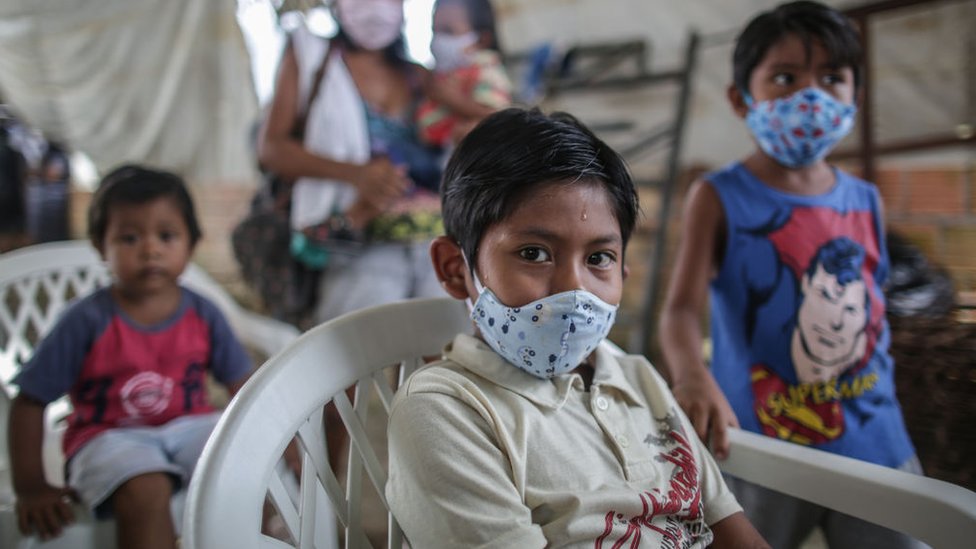
AFP
One in four children in Latin America and the Caribbean does not have vaccine protection against three potentially deadly diseases, a UN report said Monday, warning of plummeting inoculation rates.
While 90 percent of children in the region in 2015 had received the vaccine for diphtheria, tetanus and whooping cough (DTP3), by 2020 coverage had dropped to three-quarters, according to the UN Children’s Fund (UNICEF) and the Pan American Health Organization (PAHO), a regional office of the WHO.
This means some 2.5 million children were not fully protected — and 1.5 million of them have not had even one dose in the three-shot regimen.
Globally, according to the World Health Organization, 17.1 million infants did not receive an initial dose of DTP3 vaccine in 2020, and another 5.6 million were only partially jabbed.
Outbreaks of preventable diseases “have already occurred” in Latin America and the Caribbean, the agencies said.
In 2013, only five people in the region contracted diphtheria — a bacterial disease that can cause breathing difficulties, heart failure and potentially death.
Five years later, the number was nearly 900.
– Worsened by Covid –
There has also been a rise in cases of measles — another disease that can be prevented with inoculation — from nearly 500 cases in 2013 to more than 23,000 in 2019, said the statement.
“The decline in vaccination rates in the region is alarming,” said UNICEF regional director Jean Gough.
The reasons were multifold.
“The context in the region has changed in the last five years. Governments have focused their attention on other emerging public health issues such as Zika, chikungunya and more recently Covid-19,” UNICEF neonatal expert Ralph Midy told AFP.
“The existence of migrant populations that are difficult to locate and do not always have access to regular health services, in addition to people living in isolated or hard-to-reach areas, also hinders the vaccination process.”
The downward trend started even before the Covid-19 epidemic, which worsened the situation by interrupting primary health care services and causing some people to avoid clinics and hospitals for fear of the virus.
“As countries recover from the pandemic, immediate actions are needed to prevent (vaccine) coverage rates from further dropping, because the re-emergence of disease outbreaks poses a serious risk to all of society,” said Gough.Drop in vaccines exposes LatAm kids to disease: report
International
El Chapo’s son Joaquín Guzmán López pleads guilty to U.S. drug trafficking charges

Joaquín Guzmán López, one of the sons of notorious Mexican drug lord Joaquín “El Chapo” Guzmán, pleaded guilty on Monday to drug trafficking charges in a U.S. court, months after his brother Ovidio reached a similar plea agreement, according to local media reports.
The defendant appeared before a federal court in Chicago early Monday afternoon and changed his previous plea in the case, the Chicago Tribune reported. U.S. authorities accuse him of forming, together with his three brothers, the cartel faction known as “Los Chapitos.”
The group is believed to have continued the operations of El Chapo, who has been serving a life sentence in the United States since 2019.
Guzmán López, 39, was arrested after landing in Texas in a small aircraft alongside cartel co-founder Ismael “El Mayo” Zambada.
International
Venezuela authorizes return flights as U.S. continues deportations amid rising tensions

The arrival of U.S. aircraft carrying undocumented Venezuelan migrants continued regularly despite rising tensions between Washington and Caracas over President Donald Trump’s military deployment in the Caribbean.
Trump maintains that the deployment is part of an anti-narcotics operation, while Venezuelan President Nicolás Maduro insists the true objective is to remove him from power and seize the nation’s oil resources.
Venezuela’s aviation authority has “received a request from the United States government to resume repatriation flights for Venezuelan migrants from that country to Venezuela,” the Ministry of Transportation said in a statement .
“Under the instructions of President Nicolás Maduro, authorization has been granted for these aircraft to enter our airspace,” it added.
Caracas will permit two Eastern Airlines flights to land on Wednesday and Friday.
Migration remains one of the Trump administration’s flagship issues. On Monday, the U.S. president held a meeting with his National Security Council to discuss the situation in Venezuela, a day after confirming he had spoken with Maduro by phone, without offering further details.
According to the Venezuelan government, roughly 75 deportation flights have been carried out this year, returning at least 13,956 Venezuelans from the United States.
International
20,000 rounds stolen from german army after driver leaves cargo unattended

The German army confirmed the theft of a shipment of ammunition that occurred a week ago while it was being transported by a civilian delivery driver, a military spokesperson told AFP, confirming earlier media reports.
According to Der Spiegel and the regional broadcaster MDR, around 20,000 rounds of ammunition were stolen from an unguarded parking lot near Magdeburg, in eastern Germany, while the driver was asleep in a nearby hotel. No information has been released regarding the identity of the suspects, and the military declined to specify the exact type or amount of ammunition taken.
Authorities have also not indicated how the perpetrators knew the cargo would be left unattended.
“The theft was discovered upon delivery at the barracks,” the German army spokesperson said.
A police spokeswoman confirmed to AFP that an investigation has been opened but refused to provide further details “for tactical reasons.”
Sources close to the German military, cited by Der Spiegel, believe it is unlikely the theft was a coincidence. They suspect the thieves waited for the driver to stop for the night before striking.
Der Spiegel also reported that the Defense Ministry normally requires two drivers for this type of transport to ensure the cargo is constantly monitored. However, in this case only one driver was assigned, meaning the civilian transport company failed to comply with the security protocols.
-

 Central America4 days ago
Central America4 days agoTrump Pardons Former Honduran President Hernández and Warns of Aid Cuts Ahead of Election
-

 Central America2 days ago
Central America2 days agoHonduras Extends Voting by One Hour Amid High Turnout, CNE Announces
-
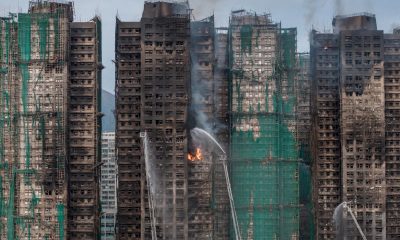
 International2 days ago
International2 days agoHong Kong police arrest 13 over deadly high-rise fire that killed 151
-

 Central America3 days ago
Central America3 days agoHonduras’ China–Taiwan Future Hinges on Sunday’s Presidential Election
-

 International4 days ago
International4 days agoMeta Says Russia Seeks to Ban WhatsApp for Defending Secure Communication
-
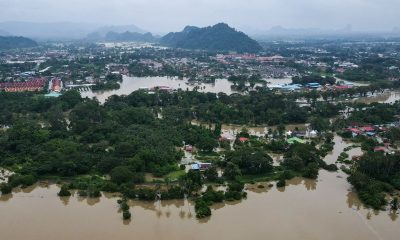
 International2 days ago
International2 days agoSri Lanka and Indonesia deploy military as deadly asian floods kill over 1,000
-

 International2 days ago
International2 days agoTrump says asylum decision freeze will remain in place “for a long time”
-
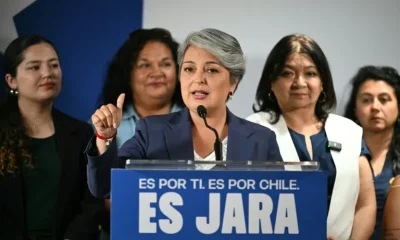
 International2 days ago
International2 days agoChile enters runoff campaign with Kast leading and Jara seeking a last-minute comeback
-

 International16 hours ago
International16 hours agoVenezuela authorizes return flights as U.S. continues deportations amid rising tensions
-

 International16 hours ago
International16 hours ago20,000 rounds stolen from german army after driver leaves cargo unattended
-
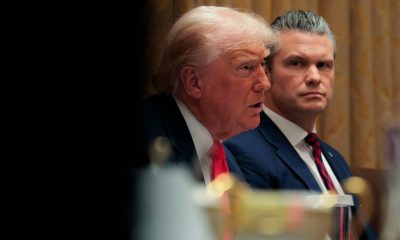
 International16 hours ago
International16 hours agoTrump convenes National Security Council as U.S.–Venezuela tensions intensify
-

 International16 hours ago
International16 hours agoEl Chapo’s son Joaquín Guzmán López pleads guilty to U.S. drug trafficking charges






























